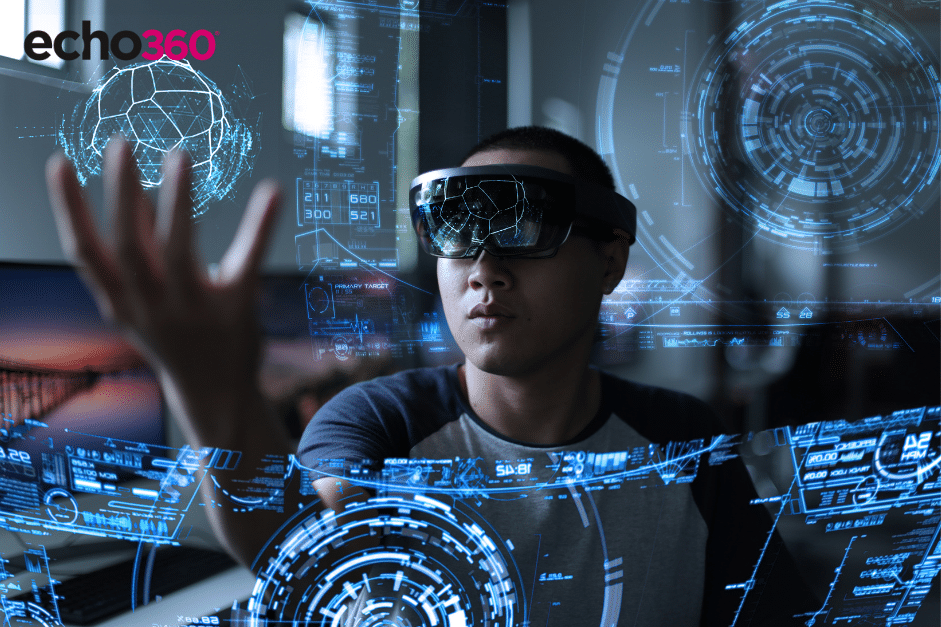Over the next ten years, virtual reality (VR) and augmented reality (AR) will both grow substantially—but their trajectories, applications, and market impacts will differ. VR delivers fully immersive experiences in simulated environments, while AR overlays digital elements onto the physical world. Each technology’s strengths align with distinct use cases and user needs. Understanding these differences clarifies which will take the lead across consumer markets, enterprise adoption, and everyday life.
Immersive Depth vs. Contextual Integration
Virtual Reality
VR headsets transport users into 360° digital worlds, enabling complete sensory immersion. This capability lends itself to:
- Entertainment and gaming: VR’s ability to create convincing alternate realities drives blockbuster game releases and immersive film experiences.
- Training and simulation: Industries such as aviation, military, and healthcare leverage VR for risk-free, high-fidelity training scenarios.
- Virtual events and social platforms: Fully virtual conference halls, concerts, and social hubs allow participants worldwide to gather in lifelike environments.
Augmented Reality
AR enriches the real world with context-aware digital overlays. Key strengths include:
- On-the-job guidance: Mechanics, surgeons, and field technicians can view holographic instructions hands-free, boosting efficiency and reducing errors.
- Retail and navigation: Shoppers preview furniture in their homes via smartphone AR apps, while pedestrians use AR wayfinding directions layered on their real-time camera feeds.
- Collaborative design: Architects and product developers manipulate 3D models in situ, blending digital prototypes seamlessly with physical surroundings.
Market Adoption and Hardware Evolution
Cost and Accessibility
AR experiences are accessible on billions of smartphones and emerging smart glasses—making AR a low-barrier entry point for consumers and enterprises alike. In contrast, VR requires dedicated headsets and powerful GPUs, limiting adoption primarily to enthusiasts and specialized business sectors in the near term.
Form Factor and Comfort
Compact, lightweight AR glasses are advancing rapidly, with major tech firms investing heavily in consumer-friendly designs. VR headsets remain bulkier but are steadily slimming down and incorporating inside-out tracking for untethered use. Comfort improvements will expand VR’s user base, but AR’s unobtrusive form factor gives it an early advantage for daily wear.
Key Growth Drivers
VR’s Catalysts
- Content pipelines: Continued investment in AAA VR titles, cinematic experiences, and virtual tourism will pull more consumers into VR ecosystems.
- Enterprise ROI: Cost savings and safety gains from VR training and prototyping will drive corporate deployments in manufacturing, energy, and healthcare.
- Social Platforms: The evolution of immersive social networks will foster persistent virtual worlds—anchoring VR as a destination for community and collaboration.
AR’s Catalysts
- Mobile ubiquity: The global smartphone install base ensures AR apps achieve everyday usage without additional hardware purchases.
- Workplace integration: Organizations will adopt AR for remote assistance, quality control inspections, and mixed-reality meetings—streamlining workflows and reducing travel.
- Consumer conveniences: From real-time language translation to interactive packaging and gamified shopping, AR enhances routine activities in novel ways.
Barriers and Challenges
Virtual Reality
- Motion sickness and isolation: Some users experience discomfort during extended VR sessions, and fully immersive worlds can exacerbate feelings of disconnection from reality.
- Hardware cost: High-end headsets and supporting PCs remain expensive, though standalone devices are lowering entry barriers.
Augmented Reality
- Environmental complexity: Accurate, stable digital overlays require robust tracking and mapping, which can struggle in low-light or featureless spaces.
- Privacy concerns: Constant camera scanning raises regulatory and user-trust issues around data collection and surveillance.
Who Will Lead?
Consumer Markets
In the near term, AR will dominate consumer adoption due to its low barrier to entry via smartphones and the incremental enhancements it offers to daily life. As smart glasses mature and integrate seamlessly into eyewear, AR will become an omnipresent layer in navigation, shopping, and social media.
Enterprise and Industrial Applications
VR will maintain a strong foothold in specialized enterprise sectors that require deep immersion—particularly in training, simulation, and virtual collaboration spaces. However, AR will see broader deployment across industries for real-time assistance, field service, and design workflows.
Long-Term Outlook
By 2035, the line between VR and AR may blur as mixed-reality headsets deliver both fully immersive and contextually enriched experiences from a single device. Ultimately, the dominant technology will be the one that best balances immersion, convenience, and integration into existing workflows and lifestyles. Today’s momentum suggests AR will achieve ubiquitous everyday use first, while VR will continue to drive high-value, immersive applications in parallel—culminating in a complementary XR ecosystem rather than a single victor.
